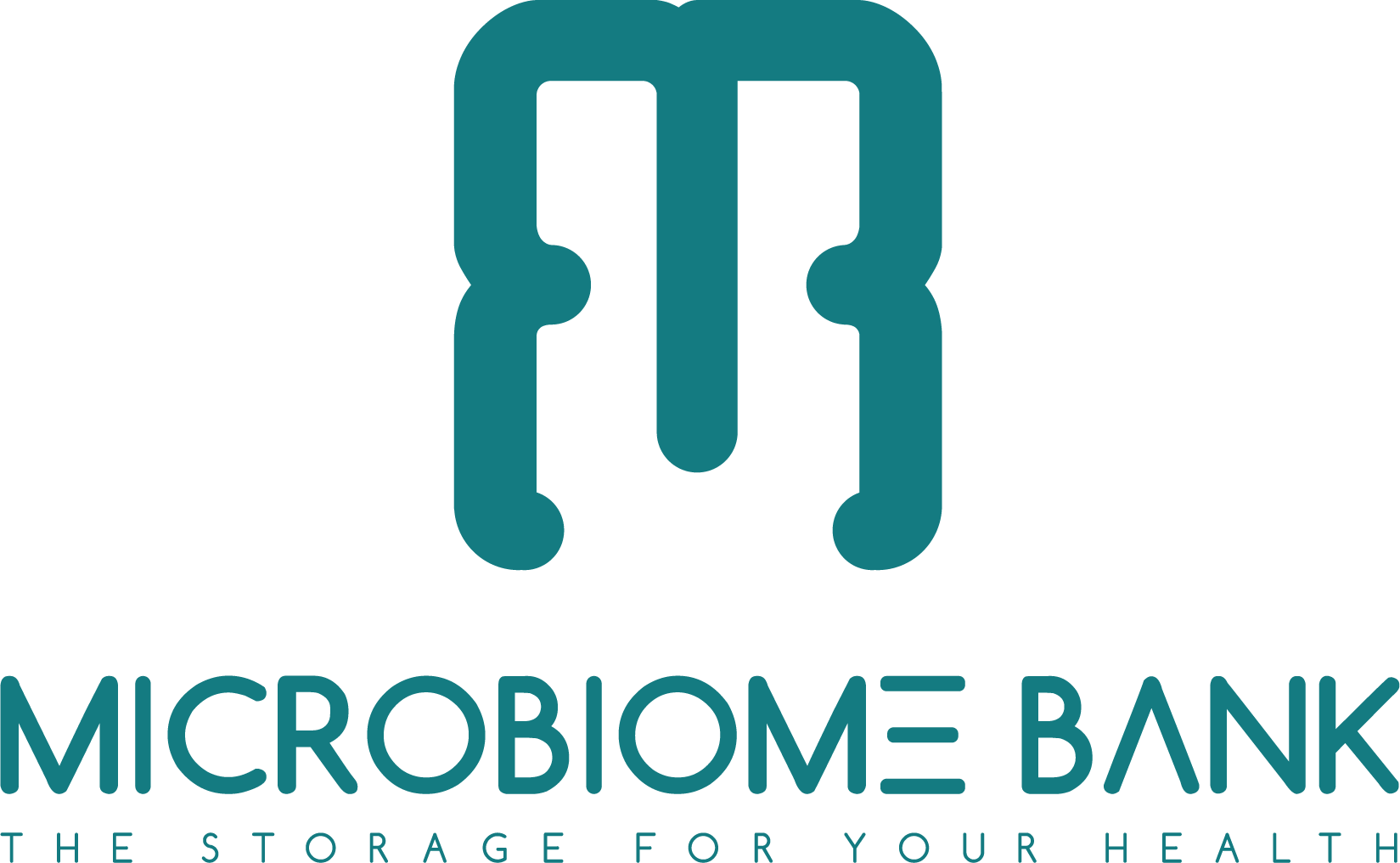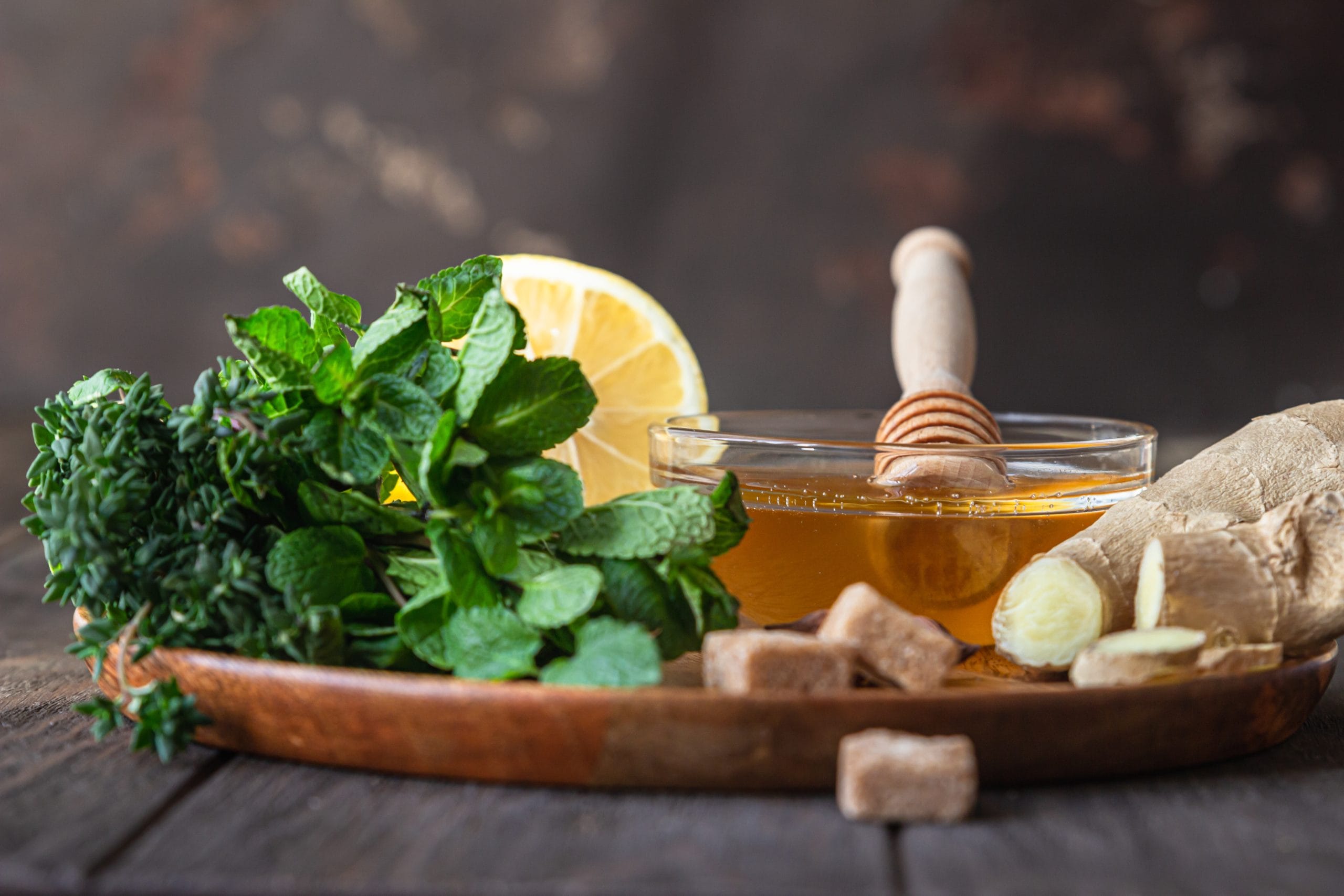Cleaning House with My Gut’s Help
For years, he rolled his eyes at the word detox. It sounded like a marketing trick - celebrity juice cleanses, vague promises of “flushing out toxins.” As a clinician, he dismissed it as pseudoscience. But when his own system began to stall - sluggish energy, uneven digestion, foggy mood - he realized detoxification wasn’t a fad. It was biology. And his gut was right in the middle of it.
Most people think of the liver as the lone detox hero. In reality, it’s part of an integrated network with the gut. This gut-liver axis determines whether waste products, hormones, and environmental chemicals are neutralized and excreted - or recycled back into circulation. If motility slows or microbial balance is off, compounds meant for elimination can be reabsorbed, leaving the body in a low-grade state of inflammation and fatigue.
The liver works in three major phases: - Phase I enzymes transform toxins into reactive intermediates. - Phase II conjugation pathways neutralize them—through glucuronidation, sulfation, and methylation. - Phase III excretes them via bile, urine, or stool.
But those final steps depend heavily on the gut. Without adequate fiber, microbial metabolites, and healthy bile flow, the system backs up - like flushing a toilet with blocked plumbing.
So, he began to support the whole chain - but gently, not with extreme cleanses. His new approach was practical: - Cruciferous vegetables (broccoli, arugula, Brussels sprouts) for sulforaphane to strengthen Phase II. - Bitter greens and dandelion root tea to stimulate bile flow. - Psyllium husk, chia seeds, and legumes to ensure smooth elimination. - Polyphenol-rich foods to feed bacteria that help regulate bile acid recycling.
He also became aware of what blocked the process: BPA and phthalates from plastics, synthetic fragrances, non-stick pans, disinfectants that stripped microbial allies. Small substitutions - glass containers, natural cleaning products, filtered water - shifted his exposome toward support instead of sabotage.
He didn’t stop there. Movement and circulation became part of the rhythm. Daily walks, breathing practices, and sauna sessions supported lymphatic flow and gave him another path of release. Sweat, he learned, wasn’t a main detox organ, but it helped offload small amounts of heavy metals and phthalates - like an overflow valve complementing the liver and kidneys.
Finally, he looked at the microbial side. Species such as Bacteroides influence bile acid metabolism, Lactobacillus can help bind toxins, and Akkermansia protects the gut lining from leakiness. They weren’t “detox specialists,” but they shaped the terrain that made detox possible.
Over weeks, the changes accumulated. His skin cleared, bloating eased, and the fog that had once dulled his mornings began to lift. His energy didn’t surge overnight—it steadied. Clearer mind, calmer digestion, more consistent rhythms.
What he discovered wasn’t a detox diet but a detox rhythm: food, microbes, movement, and environment aligned to keep the filters flowing. The gut wasn’t just a passenger - it was an active collaborator. And when it worked with the liver, the system didn’t just survive. It thrived.
Next week: “Mental Health & Psychobiotics” — how changes in his gut echoed through the mind.


